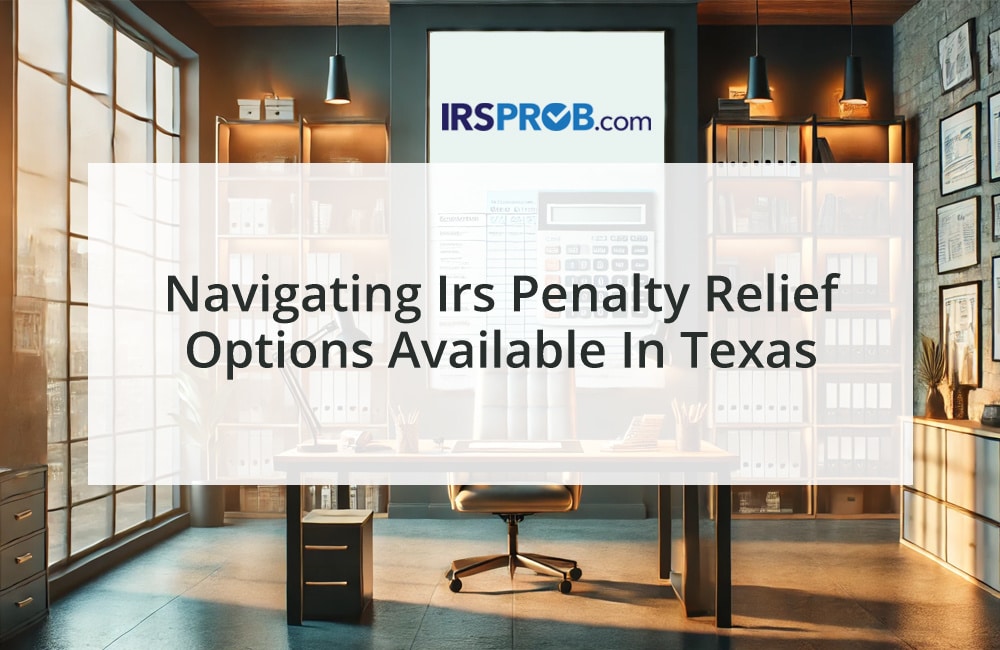
As a business owner, safeguarding client information isn’t just good practice—it’s a legal requirement. The IRS has recently introduced a Written Information Security Plan (WISP) tailored to help tax professionals protect sensitive client data. If you’re working with or are part of a tax preparation business, understanding and implementing a WISP is crucial to compliance and building client trust. Here’s what you need to know.
Why a WISP Matters
In today’s digital world, data breaches are a growing threat, and tax professionals handle some of the most sensitive information. A WISP ensures that businesses:
- Mitigate risks: By identifying vulnerabilities and addressing them proactively.
- Comply with legal requirements: The Gramm-Leach-Bliley Act requires tax professionals to create and implement a WISP.
- Build trust: Clients need reassurance that their information is handled securely.
The IRS emphasizes that a well-crafted WISP should match the size, scope, complexity, and sensitivity of the data being protected. A one-size-fits-all plan won’t cut it; your plan must be tailored to your practice.
Key Components of a WISP
Creating a WISP might sound daunting, but breaking it down into manageable steps can make the process easier. Here are the essential components:
- Designate Security Leaders
Assign specific employees to oversee and coordinate your information security efforts. Clear accountability ensures no aspect of data protection falls through the cracks. - Risk Assessment
Analyze your practice to identify potential risks to client data. This includes evaluating physical, digital, and procedural vulnerabilities. - Evaluate and Implement Safeguards
Review your current data protection measures and improve where necessary. Consider encrypting files, using secure networks, and implementing strong password policies. - Monitor and Test Systems
Regularly test your safeguards to ensure they’re effective. This includes checking for unauthorized access attempts, system failures, or other vulnerabilities. - Work with Trusted Service Providers
If you outsource any IT or data handling tasks, ensure your service providers maintain robust safeguards for handling client data. - Ongoing Updates
A WISP is not a static document. It requires constant evaluation and adjustment to address changes in your practice, new security threats, or results from testing.
Employee Training: A Crucial Element
Even the most sophisticated security plan can fail without proper employee training. Your team should understand:
- The importance of protecting client data.
- Recognizing phishing scams and other cyber threats.
- Properly handling sensitive information, whether online or offline.
The IRS highlights that well-trained employees are the first line of defense against security breaches.
Getting Started with Your WISP
To make the process more accessible, the IRS recently released a primer for creating a WISP, including a basic plan outline and a sample template. These resources are invaluable for small to mid-sized practices that may lack dedicated IT teams. Key starting points include:
- Using the IRS’s sample template: Adapt the example plan to fit your business.
- Documenting your procedures: Keep detailed records of the safeguards you implement and any changes you make.
Staying Compliant
Tax professionals are not the only ones who need to worry about data security. As a business owner working with sensitive client or employee data, it’s wise to implement similar practices in your own operations. Beyond the legal requirements, demonstrating a commitment to data security can differentiate your business in a competitive market.
Final Thoughts
Protecting client information is more than a regulatory checkbox; it’s about safeguarding trust and credibility. With the IRS providing tools to help tax professionals create a WISP, there’s no excuse to delay implementing or updating your security plan. Stay proactive, stay compliant, and keep your clients’ data safe.
If you need help navigating these requirements, consider consulting a tax professional familiar with WISP requirements. It’s a small investment for the peace of mind and protection it provides.









